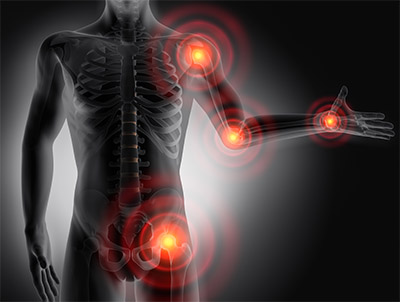
MUSCULAR COMPENSATIONS
In the human body, no single muscle performs a movement. Movement occurs, instead, through the sequences of muscle contractions and releases to accomplish a specific movement or series of movements. When primary muscles cannot work properly for movement, the brain compensates for that muscle failure by signaling other muscles to perform the movement instead.
When the body experiences muscular restrictions or injury, it wants to protect the injured area, compensating the injury by tightening muscles in another part of the body – an offset to the overworked, injured area. These other areas are now prone to new injuries because of overuse and overwork – in protection for the underuse of the injured part.
However, while these compensation patterns can be effective, allowing the body to use it indefinitely, these are still dysfunctional movement patterns. Sometimes the compensation will become so dysfunctional that the body will create additional compensations.
Left unchecked, these unhealthy – and often painful – compensations can grow so large that muscles seemingly totally unrelated to the original damaged or injured muscle are affected. The result is that a person can be experiencing recurring or chronic muscle pain in an area of the body that is significantly removed from the location of the originating cause.
